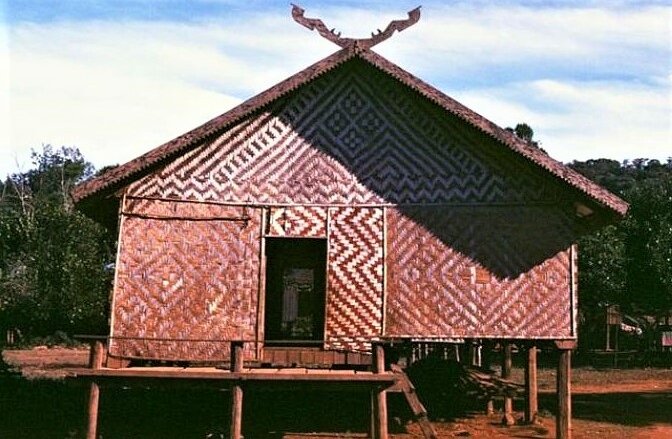From Ancient Cham to Modern Dialects: Two Thousand Years of Language Contact and Change
by Graham Thurgood
The fascinating interaction between Mon-Khmer and Austronesian languages or dialects through the ages.

Type: paperback
Publisher: Oceanic Linguistics Special Publications, No. 28/ University of Hawai'i Press-JSTOR
Published: 1999
Author: Graham Thurgood
Pages: 419
ISBN: 0-8248-2131-9
Language : English
‘The Chamic languages have an incredibly rich story to tell, one that may ultimately prove more valuable to historians of language than the archaeological records will prove to archaeologists,’ notes the author, a renowned linguist.
Even if this study is aimed at strictly linguistical research, it contains important insights related to the history of pre-Angkorian Cambodian: ‘The first Austronesian incursions onto the mainland must have immediately brought them into contact with Mon-Khmer speakers. [Some have argued] that the first contact was probably not along the Vietnamese coast facing the South China Sea, but rather at Funan, facing the Gulf of Thailand, around 500 BC, or perhaps even earlier-at the site at Oc-eo, the port city of Funan. By the middle of the sixth century, Funan had been conquered by the Khmers, but [it has been suggested that] earlier Funan was Austronesian speaking.’
While Sankrit and Pali influences on Old Khmer language have been thoroughly studied, the Austronesian influences are abundant, and are evidenced by the languages still spoken by ethnic minorities in Cambodia, Thailand, Vietnam or Myanmar.
As for the Cham people stricto sensu, the author notes that ‘Austronesian settlements existed in coastal areas because of the harbors, with the first major harbor being at Oc-eo. As is typical of Austronesian settlement elsewhere, other later settlements were scattered along the narrow belt of land along the coast, typically close to river mouths. As part of the trading network, trading posts were also established in various places, including the southeast part of Hainan island, where some of the northern Cham would flee in 986, with a second migration following in 1486, and in parts of Cambodia.
‘During most of its history and certainly during its ascendancy, Champa remained coastal. At various times, Cham also fled to Cambodia. For instance, after the fall of Vijaya in 1471, the Khmer Annals record that many Cham took refuge in Cambodia; later, in 1692, the Khmer Royal Chronicles record another large migration. Very speculatively, it may be that some of the Cham dialects in Cambodia date back, not to the fall of the southern capital in 1471, but even earlier to the fall of the northern capital roughly five hundred years earlier.’
Full Title: From Ancient Cham to Modern Dialects: Two Thousand Years of Language Contact and Change: With an Appendix of Chamic Reconstructions and Loanwords.
Photo: Jarai house in Ratanakiri, 2018 (photo SmartTravel)
Tags: linguistics, Chams, Champa, Austronesian, Malay, Funan, Jarai
About the Author

Graham Thurgood
A professor of linguistics at California State University (Chico, CA), Graham Thurgood specializes in tonogenesis, historical linguistics, language contact, and second language acquisition.
He has reconstructed Chamic (Austronesian), Hlai languages (Kra-Dai and Kam-Sui), and parts of Tibeto-Burman (Sino-Tibetan). His area of research includes several languages from ethnic minorities still in use in modern Cambodia, and brings to us new insights on the Champa civilization.
